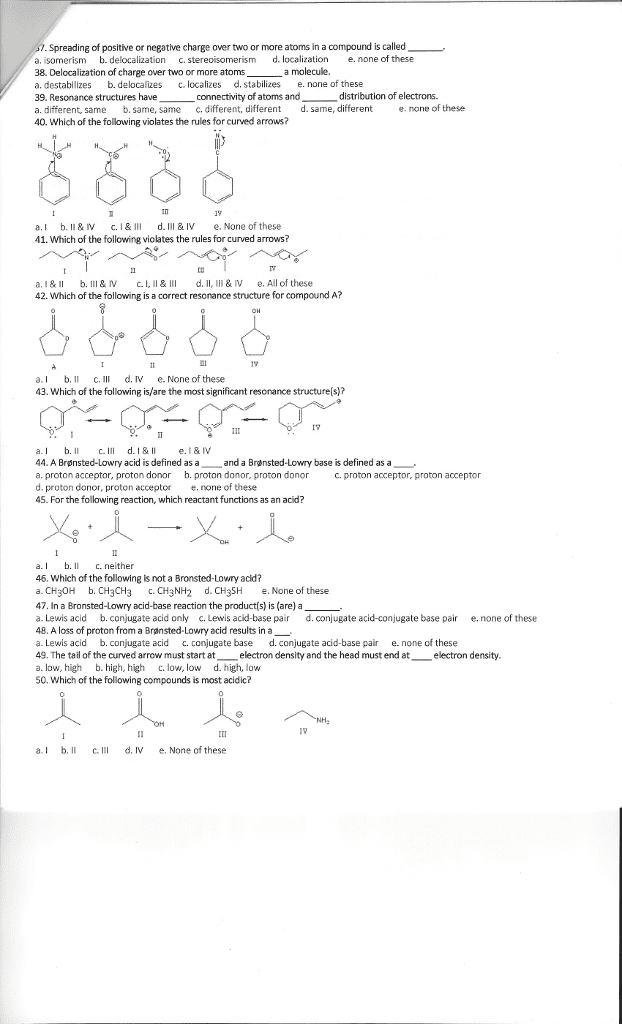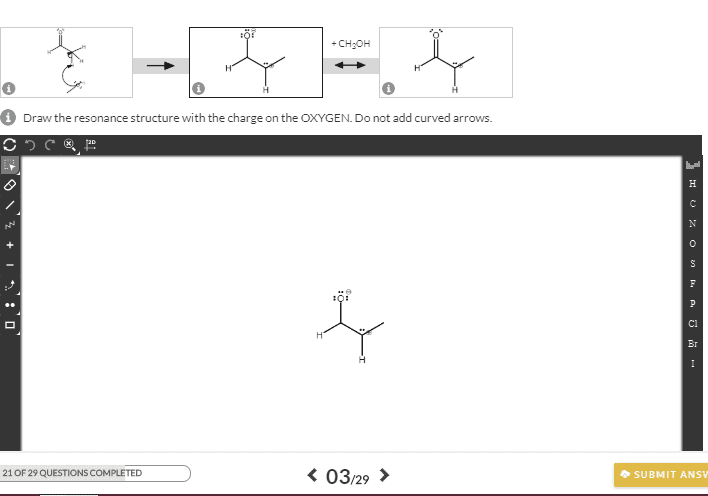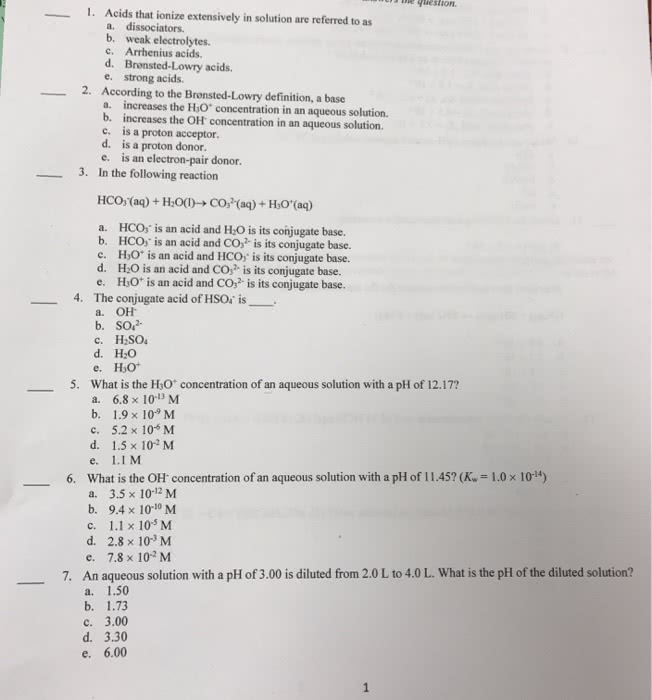CHEM 2OA3 Chapter Notes - Chapter 3: Weak Base, Solvent Effects, Counterion
Document Summary
Definition of bronsted-lowry acids and bases is based on transfer of a proton. An acid is defined as a proton donor and a base is defined as a proton acceptor. Products of a proton transfer reaction are called conjugate acid and conjugate base. Water is amphoteric can act as both an acid and a base. All reactions are accomplished via a flow of electron density, which is illustrated with curved arrows. Differ from resonance structures: when drawing resonance structures, curved arrows are used simply as tools and do not represent any real physical process, in acid/base reactions, curved arrows represent an actual physical process. Note that mechanism of a proton transfer reaction involves electrons from a base deprotonating an acid. Acids do not lose protons without help of a base. Using pka values to compare acidity: given the general acid/base equation. Ha + h2o a- + h3o+




